Above image: Wartime propaganda poster advocating the liberation of Czechslovakia. Courtesy of the National Archives and Records Administration.
In September 1938, the Munich Agreement granted Adolf Hitler the Sudetenland, a border area of Czechoslovakia home to many ethnic Germans. Five months later, Hitler violated the agreement, invaded, and occupied the remainder of Czechoslovakia. Known to the Nazis as the “arsenal of the Reich,” Czechoslovakia served Hitler for nearly seven years as a reliable source for industrial goods.
Though Czechoslovakia did not see much battle during the war, its citizens still faced the terrors of Nazism. Reinhard Heydrich, the SS official known for his role in the conception and implementation of the Holocaust, governed Prague, as part of a so-called Reich Protectorate of Bohemia and Moravia. From Prague, Heydrich enforced Nazi policy and fought against the Czech resistance. Heydrich ruled with terror—arrests, expulsions, deportations, and executions were all common in daily life, and he quickly became known as the “Butcher of Prague.” The assassination of Heydrich in the spring of 1942 by Czechoslovak resistance fighters, known as Operation Anthropoid, triggered one of the Nazi’s most notorious reprisals. In return for the assassination of Heydrich, Nazi troops surrounded the town of Lidice, blocking all routes of escape. Though there was no evidence that the town harbored resistance fighters involved in the assassination, the Nazis murdered all men from the village and deported all women to various concentration camps. Most of the village’s children were also deported to camps, while few were selected to be “Aryanized” and were placed into German families. The remainder of Lidice was destroyed. Buildings were demolished and set aflame, the village’s stream and roads re-routed, and the ground covered, leaving no trace of the village behind. Since the war, Lidice has been rebuilt near the village’s original location.
By 1945, partisan forces in Czechoslovakia numbered roughly 7,500 people. The Allied armies were closing in, and resistance fighters saw an opportunity to act. On May 5, the uprising in Prague began when Czech police officers burst into a radio station and began fighting with the SS troops occupying the building. Upon hearing the noise, Czech broadcasters began calling for citizens to rise up against the Nazis. People gathered in the streets, Nazi flags were replaced with Czech flags, and barricades were constructed. German signage was replaced with Czech signs, and public transportation operators refused to accept Reichsmarks as payments. By the end of the uprising’s first day the insurgents held most of the city, including broadcasting buildings, railway stations, and multiple bridges.
By May 6, over 1,600 barricades had been constructed by thousands of citizens overnight. German reinforcements made their way to Prague and the fighting continued to escalate. The Luftwaffe began to bomb areas of the city, hitting the radio broadcasting building, barricades, and civilian apartments. A battalion of the Russian Liberation Army (ROA), a German army unit made up of Soviet POWs, defected and came to the aid of Czech defenders, successfully disarming thousands of German troops.
On May 7, while German leaders were signing their unconditional surrender to the Allied forces in France, German forces in Prague launched a massive attack on the city. Armored and artillery units pushed their way through the barricades, using civilians as human shields along the way. Upon hearing the news of Germany’s surrender, the ROA, who had been successful in slowing the German advance on the city, left Prague to surrender to the US Army. With a majority of the ROA gone, the ill-equipped resistance fighters suffered against the reinforced German units and lost much of the territory they gained over the first days of the uprising.
Though the Nazis surrendered on May 7, the fighting continued in Prague. On May 8, the Germans launched an air raid that was followed by an infantry attack. SS forces recaptured positions in the city, including the Masaryk rail station, where SS troops murdered roughly 50 captured resistance fighters. With Allied help still not there and with both sides facing critical military situations, Czech and German leaders began negotiations, and a ceasefire was reached. German forces could pass west through Prague in exchange for disarming themselves. On the morning of May 9, German forces exited Prague. Later that day, the Soviet Red Army arrived in Prague and put down any remaining German units in the city. Czech citizens flooded the streets to welcome the Red Army and celebrate their liberation.
The Prague Uprising stands as a seminal moment in Czechoslovak history. Over 30,000 Czech civilians and resistance members took the streets, constructing 2,049 barricades in an attempt to liberate and protect their city. The fighting was violent and brutal; war crimes were committed on both sides. But, 75 years later, Czechs who partook in the uprising find themselves labeled as heroes within their national history and are remembered for their final stand against their oppressors.
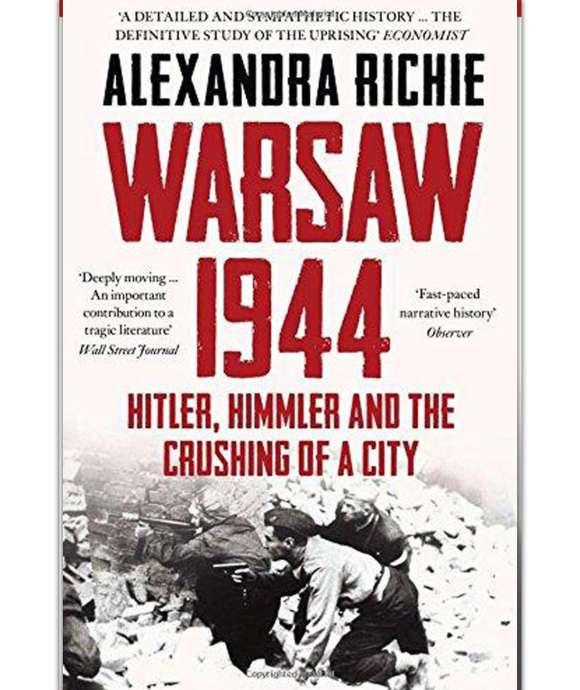
Warsaw 1944
Alexandra Richie paints the traumatic story of one of the last major battles of World War II, in which the Poles fought off German troops and police, street by street, for 63 days.
This article is part of an ongoing series commemorating the 75th anniversary of the end of World War II made possible by Bank of America.
Connie Gentry
Cite this article:
MLA Citation:
APA Citation:
Chicago Style Citation:
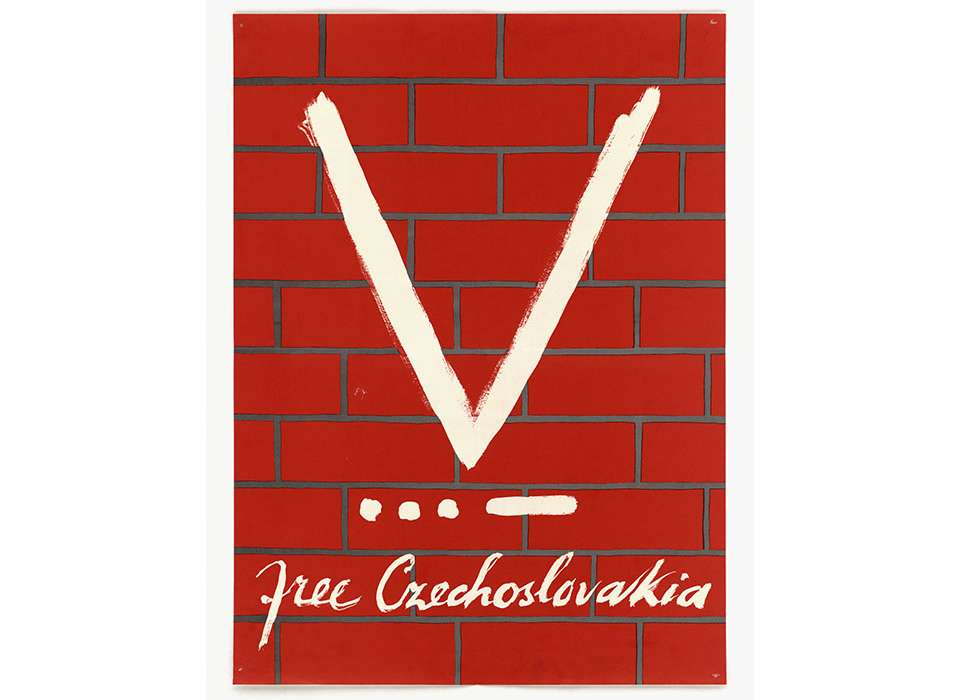
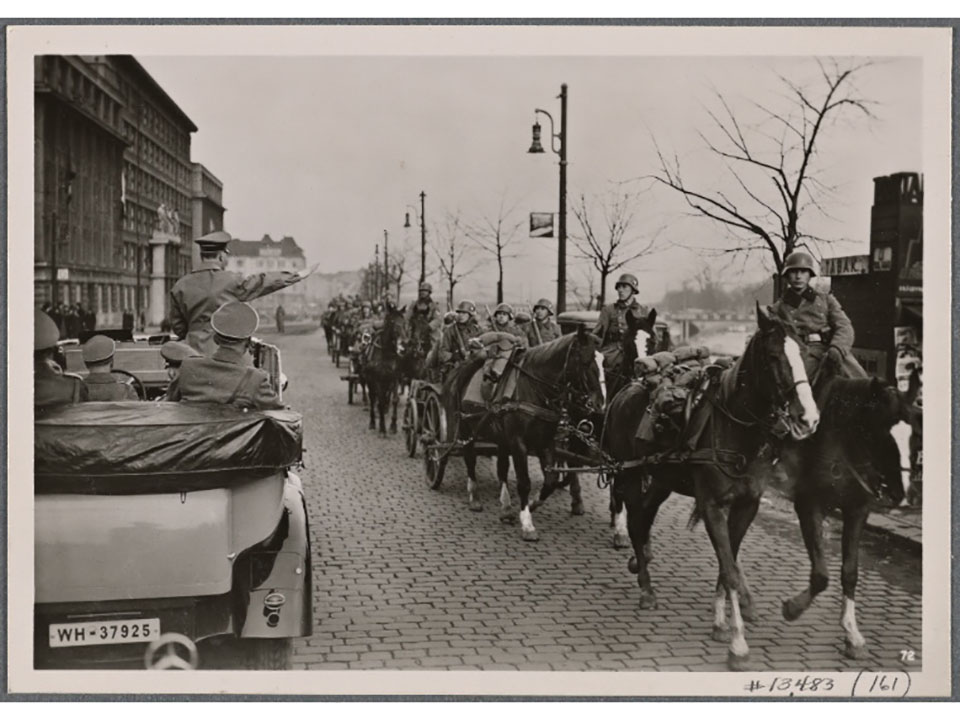
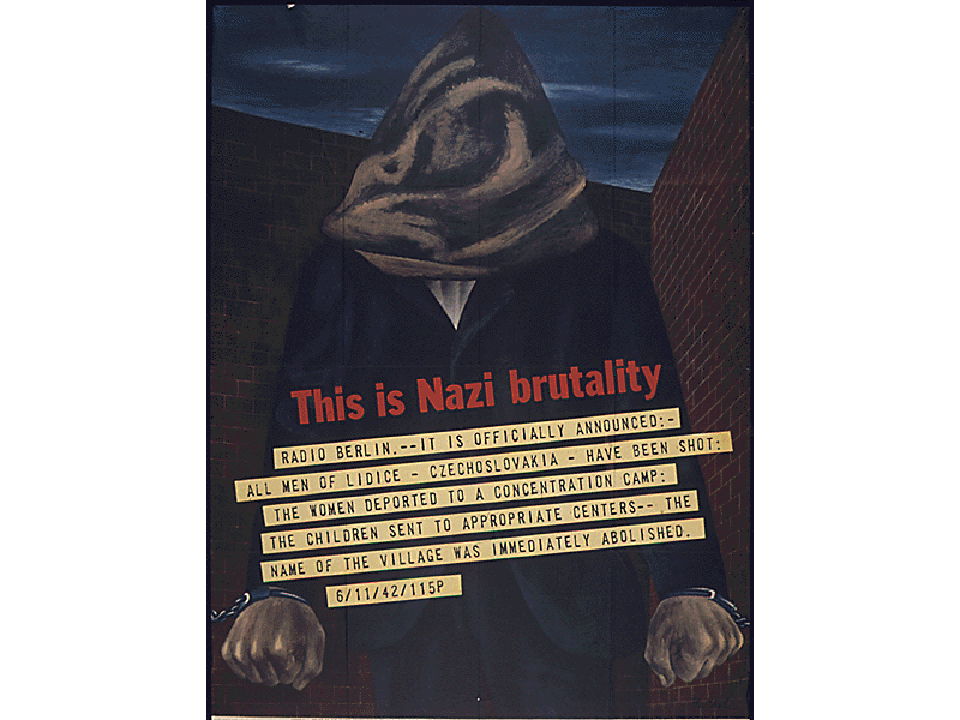
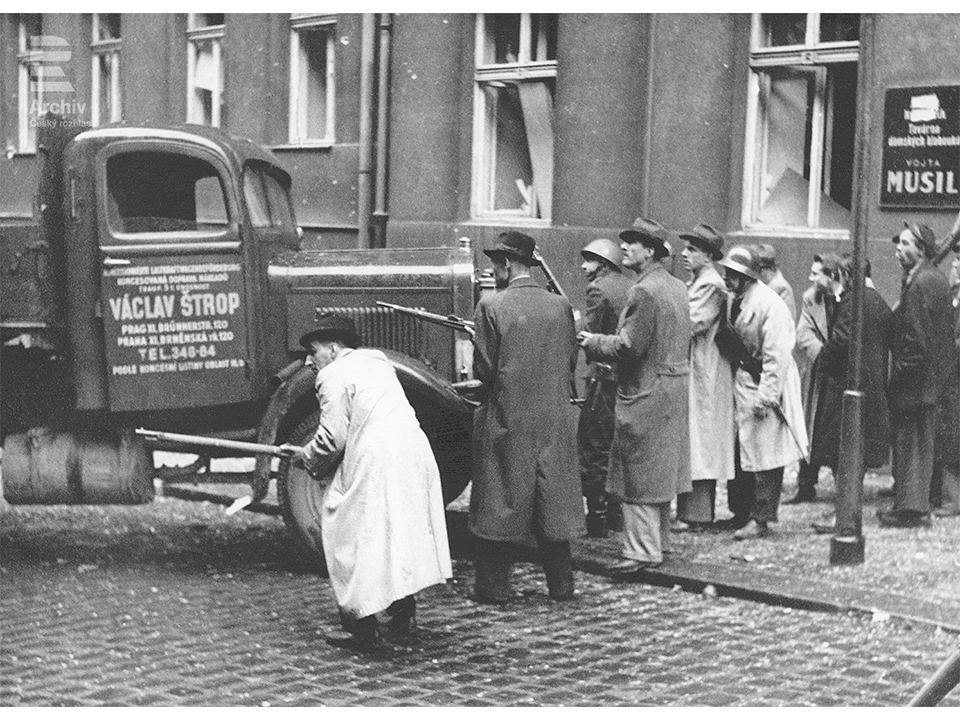
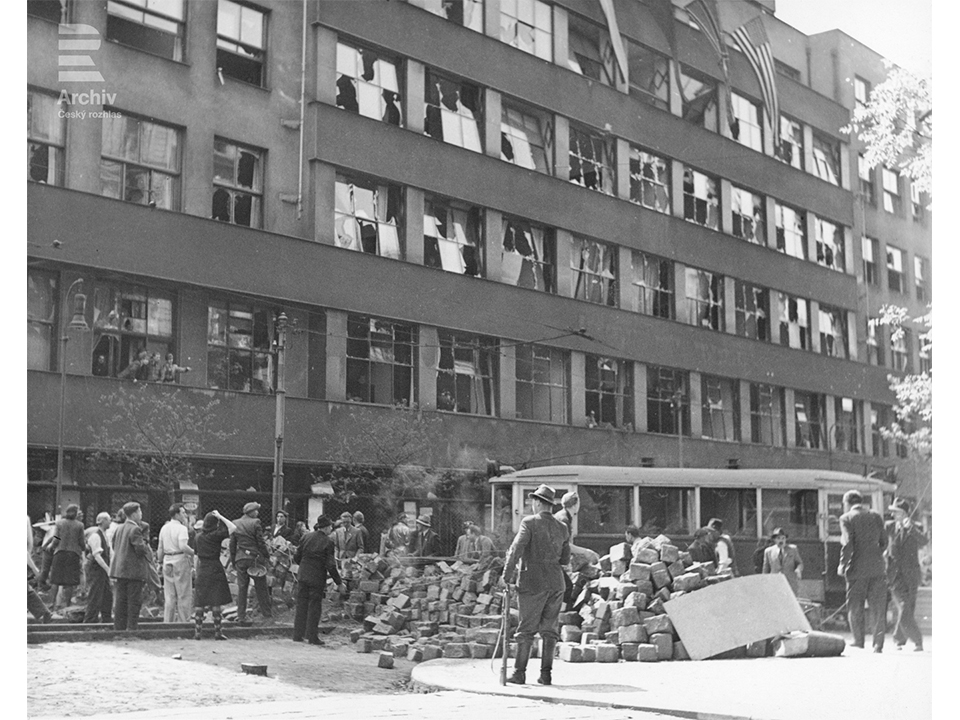





![Max Fuchs, New York City cantor, sings as Rabbi Sydney [sic] Lefkowitz, Richmond, VA, conducts the first Jewish services from Germany.](/sites/default/files/styles/max_650x650/public/2025-10/image1.jpg)



